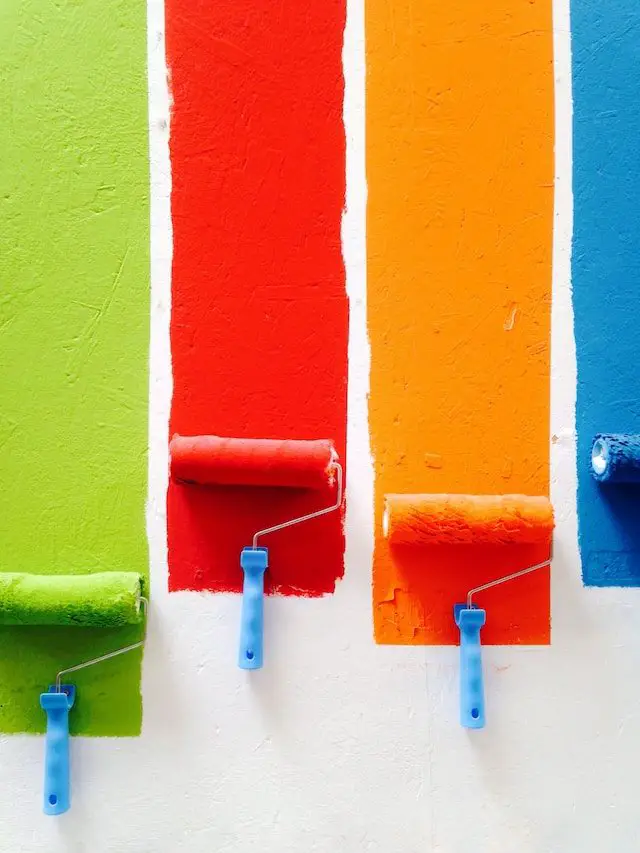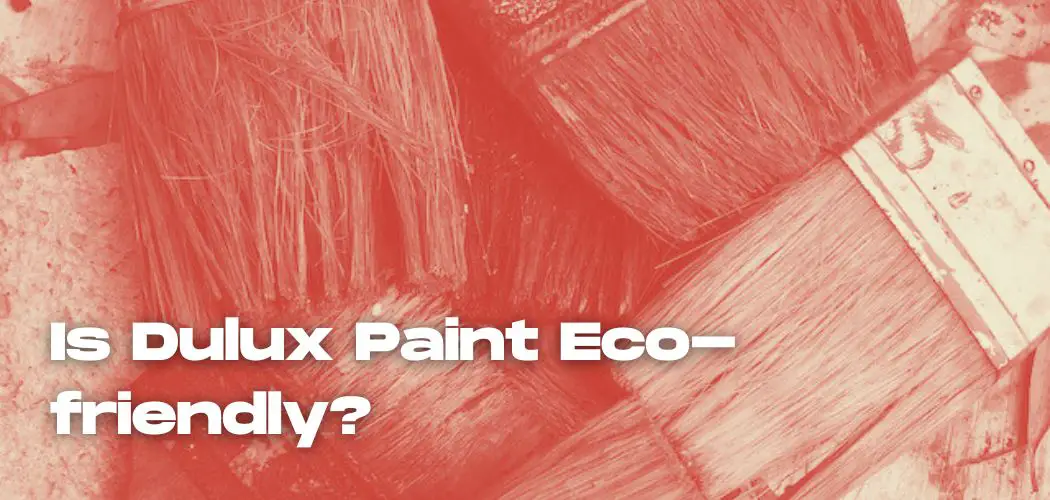Dulux is one of the most popular brands of paint in the world. It is known for its wide range of colors and for its eco-friendly claims. But how eco-friendly is Dulux, really?
In this blog post, we will take a closer look at the company’s environmental policies and see how they stack up against the competition.
So, is Dulux eco-friendly or not? The short answer is: yes it is! But there are some environmental turn-offs of the brand. Let’s weigh both sides of the argument and draw a better conclusion at the end.
About Dulux
Dulux is a brand of paint that is produced by AkzoNobel. AkzoNobel is a Dutch multinational company that is one of the largest producers of paint in the world. The company has operations in over 80 countries and employs approximately 46,000 people.
It is important to note that AkzoNobel is not the only paint producer with these commitments. Other leading paint producers, such as Sherwin-Williams and Benjamin Moore, have also made similar pledges.
Environmental Friendliness of Dulux Paint
One of the main selling points of Dulux paint is that it is considered environmentally friendly. The company has developed a number of products that are designed to reduce energy consumption and greenhouse gas emissions.
Dulux also uses recycled materials in its products, which helps to reduce waste. In addition, the company has a number of policies in place to reduce its environmental impact such as its carbon offset program.

So, overall, Dulux is doing a lot to be eco-friendly. However, there are some criticisms of the company’s environmental record.
Some people argue that Dulux’s products are not as environmentally friendly as they claim to be. For example, although a smaller amount, Dulux paint does contain VOCs (volatile organic compounds), which can be harmful to the environment.
In addition, Dulux’s manufacturing process uses a lot of energy and water. This means that the company has a large carbon footprint.
So, while Dulux is doing some good things for the environment, it could still improve in certain areas.
Is Dulux Paint Made of Eco-friendly Materials?
The one major problem with most paint brands is that they contain a high amount of VOCs (Volatile Organic Compounds). These are chemicals that can be released into the air and cause health problems.
Dulux paint has very low levels of VOCs, making it a much safer choice for your home.
Dulux has recently come up with the Dulux Biocare series which is an eco-friendly paint. This paint is made of natural materials including cassava and natural corn. These ingredients make the paint more durable and easier to clean.

The specialty of the new BioCare Emulsion formula is that it is anti-microbial and inhibits the growth of bacteria, mold, and fungi.
This paint series is a great choice for people who are looking for an eco-friendly option without compromising on quality or performance.
The Dulux Biocare range comes in both matte and gloss finishes, so you can choose the perfect one for your needs. Additionally, it is odorless, making it a great choice for people with allergies or sensitivities.
So, if you’re looking for eco-friendly paint, Dulux is a good option. Just be sure to check the labels on the cans to make sure you’re getting the right product.
What about the packaging?
The packaging for Dulux paint cans is made from 25% recycled steel. And once you’re done with the paint, you can recycle the can at most recycling centers. The company is also working on developing a biodegradable paint can.
Is the Production Process of Dulux Paint Energy-Intensive?
The production of paint is an energy-intensive process. The majority of the world’s paint is produced in Europe and North America. In these regions, natural gas is the primary fuel used in the production of paint.
In terms of emissions, the production of one gallon of paint generates approximately two pounds of carbon dioxide. This is a significant amount of emissions when you consider that the average home uses approximately eight gallons of paint per year.
Dulux Paint, like most paint brands, uses a lot of energy in the manufacturing process by using natural gas. However, the company is working on reducing its emissions by investing in renewable energy.
Dulux also has a large carbon footprint due to its water usage. The company consumes a significant amount of water per year in the production of paint.
Is Dulux Paint Toxic?
The Dulux paints are made primarily of water, which is non-toxic. Most of the pigments and other ingredients in the paint are also non-toxic.
However, there may be some fumes released when the paint is first applied. So it’s best to open windows and doors to allow fresh air to circulate while you’re painting.
Dulux paints are free of ammonia, formaldehyde, and other harmful chemicals. So you don’t have to worry about your family’s health when using these paints.

In terms of the ingredients used in paint, Dulux Paint does contain a short amount of titanium dioxide. Titanium dioxide is a white pigment that is used to achieve the desired color and opacity in paint. It is also used as a filler to create a smooth finish.
Titanium dioxide is a known human carcinogen. It has also been linked to respiratory problems and skin irritation. However, the levels of titanium dioxide in Dulux Paint are below the limit set by the European Union.
The Bottom Line
Dulux is a good choice for eco-friendly paint. However, the company could still improve in certain areas. Be sure to check the labels on the cans to make sure you’re getting the right product. And, if you’re concerned about titanium dioxide, try to find a paint that is free of this ingredient.





